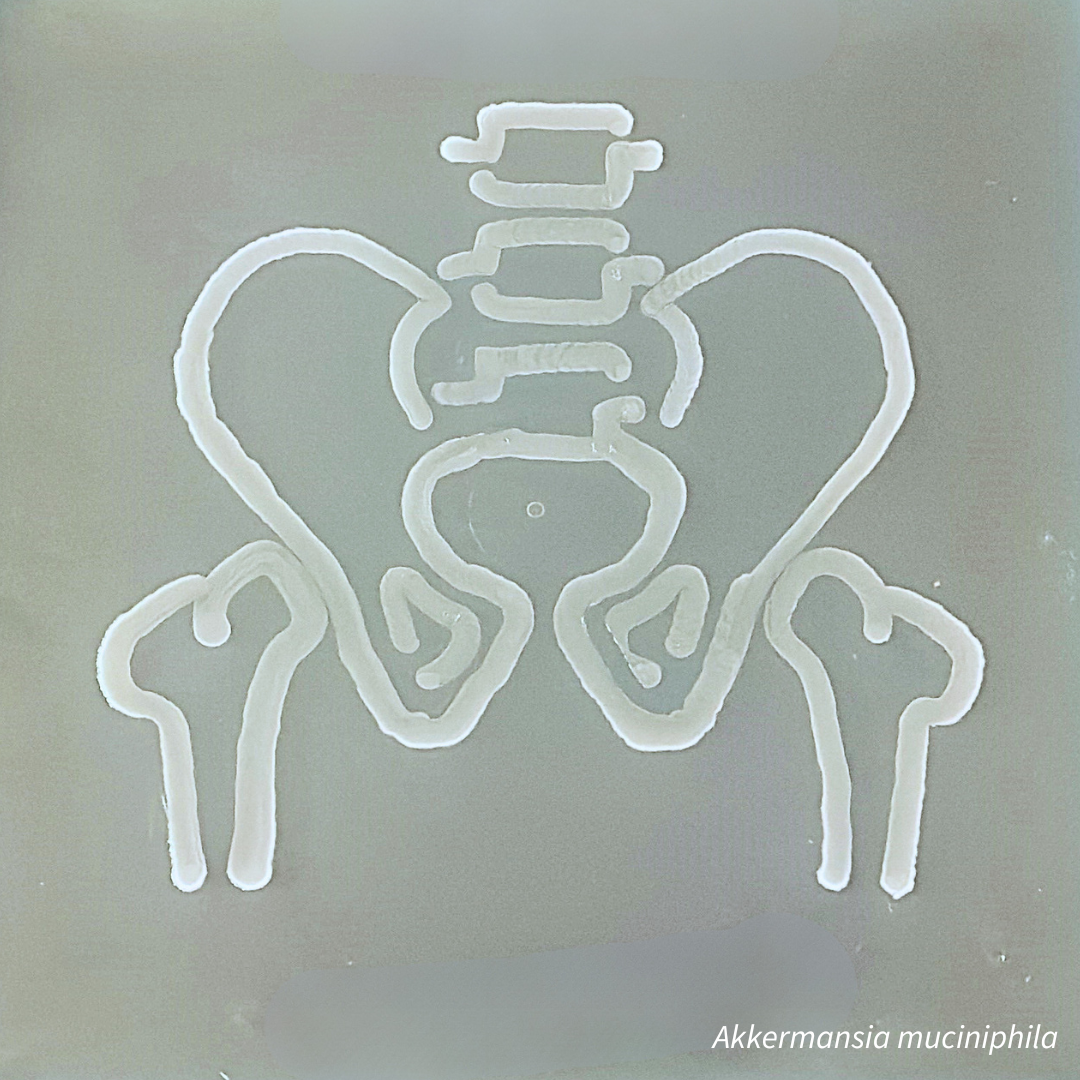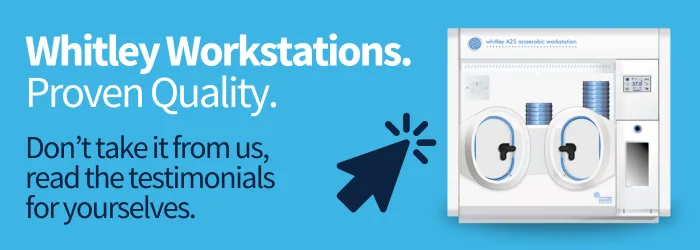
In recent years, the term "Osteomicrobiology" has surfaced to describe the rapidly emerging research field looking into the role of the gut microbiome on bone metabolism and health. This research field aims to bridge the gaps between bone physiology, gastroenterology, immunology, and microbiology (1).
Okoro et al (2023) recently evaluated the link between the gut microbiome and markers of bone health (bone density, the microarchitecture and strength) by conducting further work on previous studies involving 2 cohorts of participants [2]. The Framingham heart (FHS) study participants were aged between 32 and 89 years and were recruited from a town in Massachusetts. The osteoporotic fractures in men (MrOS) study recruited men at six clinical sites in the U.S between 2000-2002 who were 78 to 98 years of age [2]. Stool samples were donated by participants in both studies and were analysed by sequencing of the 16s rRNA, grouped by taxa and converted into relative abundance. For both cohorts, 8 out of the top 10 most abundant genera were identical, however Akkermansia and  Escherichia/Shigella were more abundant in the MrOS group and Agathobacter and Roseburia were more abundant in the FHS group [2]. The total variability between the microbiomes of the 2 cohorts was found to be 3%. Furthermore, bone health was monitored by high resolution peripheral quantitative computed tomography (HR-pQCT) at the distal radius and tibia of the participants, including measurements of volumetric bone mineral density (vBMD) and cortical bone area. The demographics and clinical characteristics were compared and corrected for statistically between the 2 studies including sex, ethnicity, medications, and age. Participants were excluded who had undergone colon surgery or had taken antibiotics in the previous 12 months.
Escherichia/Shigella were more abundant in the MrOS group and Agathobacter and Roseburia were more abundant in the FHS group [2]. The total variability between the microbiomes of the 2 cohorts was found to be 3%. Furthermore, bone health was monitored by high resolution peripheral quantitative computed tomography (HR-pQCT) at the distal radius and tibia of the participants, including measurements of volumetric bone mineral density (vBMD) and cortical bone area. The demographics and clinical characteristics were compared and corrected for statistically between the 2 studies including sex, ethnicity, medications, and age. Participants were excluded who had undergone colon surgery or had taken antibiotics in the previous 12 months.
In the FHS cohort, 29 advantageous and 38 non advantageous microbiome-bone associations were found involving 37 genera and 18 HR-pQCT measurements. They identified that Turicibacter and Victivallis abundance had greater radius and tibial bone area and vBMD. Blautia, Akkermansia and Marvinbryantia abundance was negatively associated with cortical thickness, cortical bone area to total area ratio and vBMD [2]. In the MrOS cohort, they found five microbiome-bone associations [2]. Increased abundance of Methanobrevibacter was associated with lower cortical vBMD, while increased abundance of Lachnospiraceae NK4A136 group was associated with greater cortical bone mass and vBMD [2]. Higher abundance of Cloacibacillus was positively associated with greater vBMD [2]. Across both cohorts, the group identified a strain called DTU089 and found consistency in bone measurements that in higher abundance, the strain was associated with lower tibia cortical bone mass and vBMD [2].
Future studies are needed to determine if the gut microbiome composition is a novel therapeutic target for biomarkers of bone health, monitoring of conditions such as osteoporosis and predictions of fractures [1] and potential probiotics.
Are you developing a live biotherapeutic product? Our range of anaerobic workstations provide excellent conditions for the processing, incubation and examination of samples without exposure to atmospheric oxygen. Check out the Workstation Builder tool to configure your own custom suite of isolators!

Written by DWS microbiologist Charlotte Austin
References
- Ohlsson, C., & Sjögren, K. (2018). Osteomicrobiology: A New Cross-Disciplinary Research Field. Calcified tissue international, 102(4), 426–432.
- Okoro P, Orwoll E,Huttonhower C, Morgan X, Kuntz T, A two-cohort study on the association between the gut microbiota and bone density, microarchitecture, and strength


 en
en


 xEnglish
xEnglish